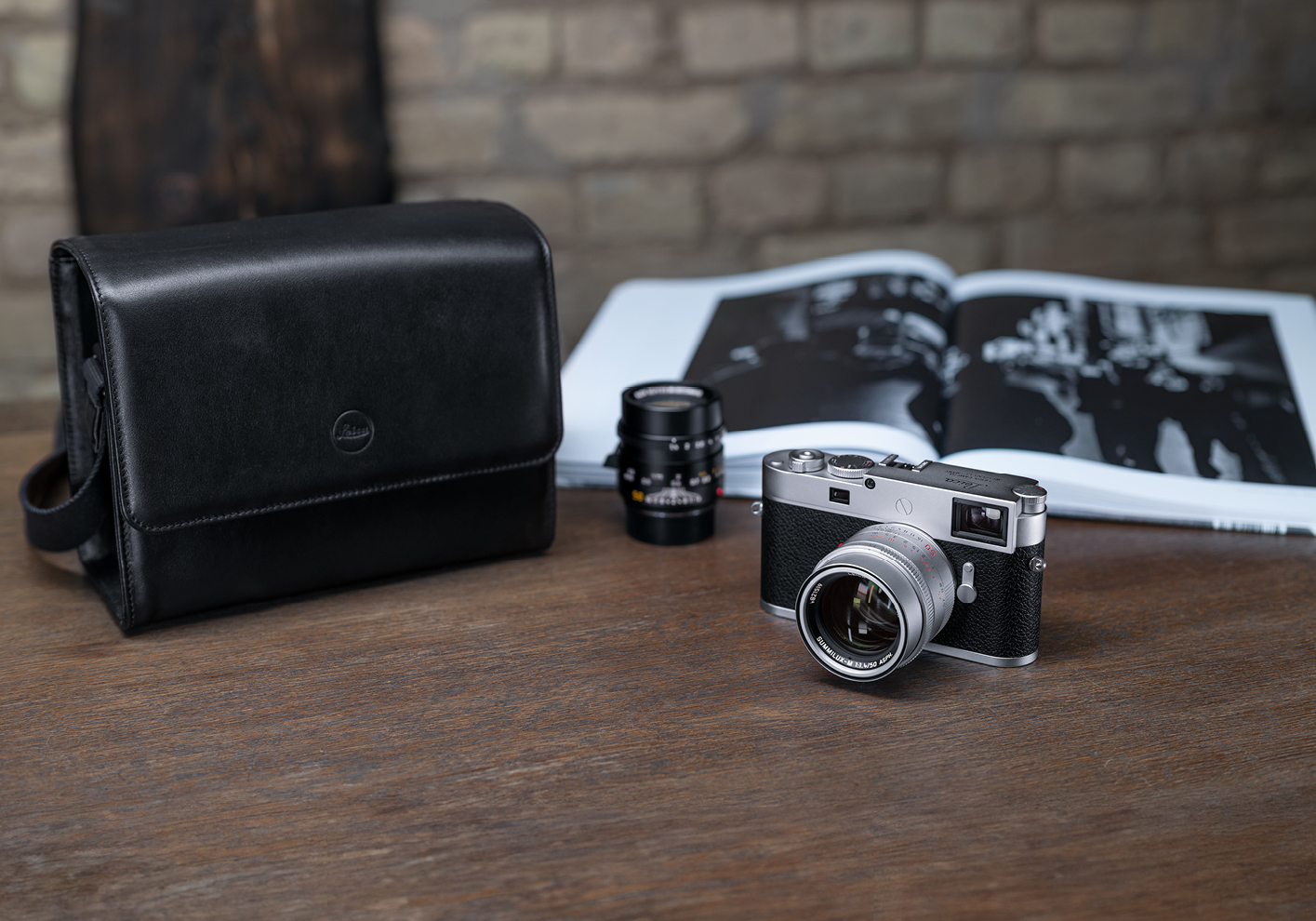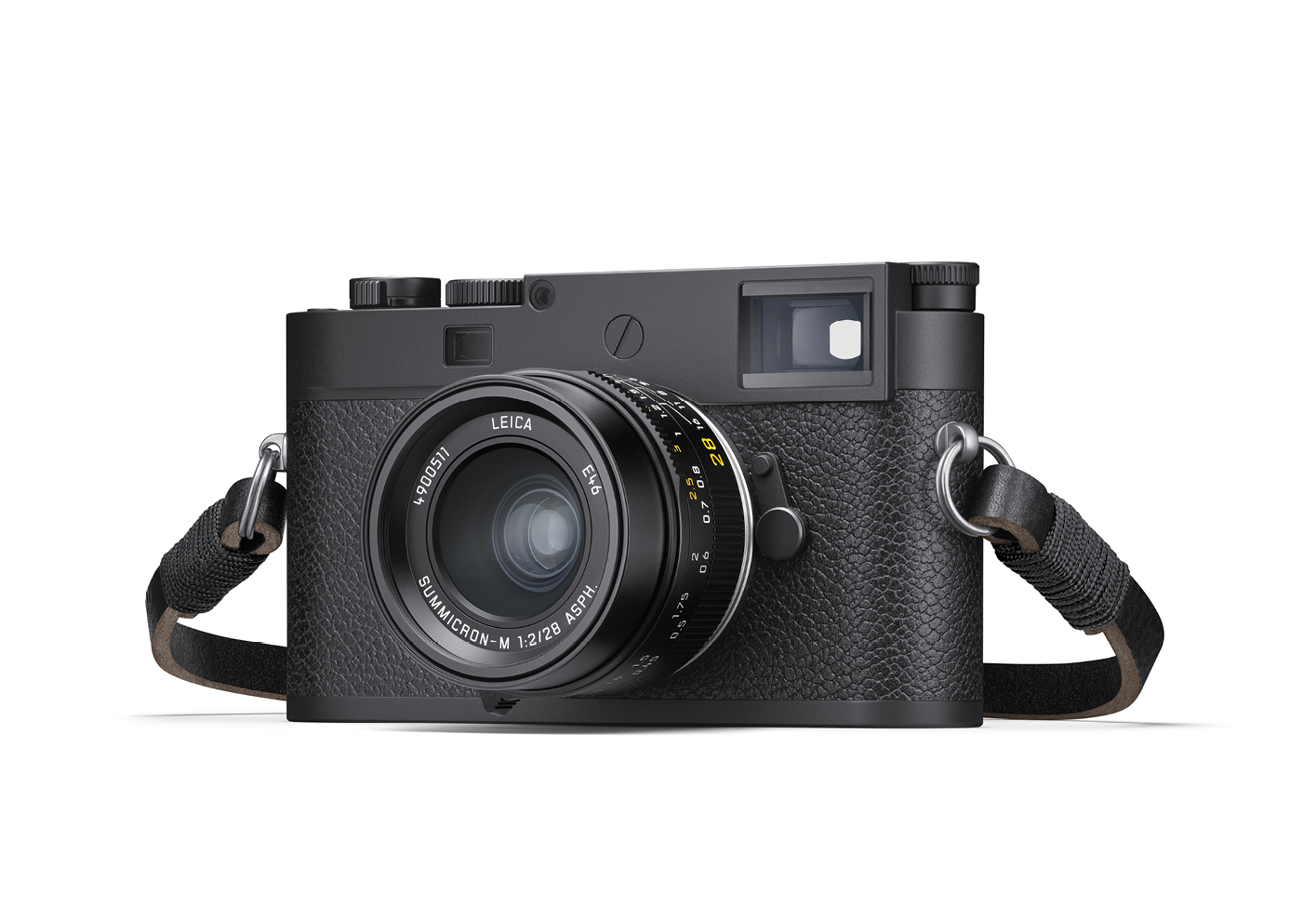WORDS
Nicholas Ross
Since launching in 1954, Leica M cameras, of which the latest is the Leica M11-P, have proved a favourite among photojournalists for their compact size and intuitive shooting. They have captured many of the most recognisable photographs in history. Take Thomas Hoepker’s photographs, revealing what it looked like to be on the receiving end of Muhammad Ali’s fists. Or The Terror of War (1972), for which Associated Press photographer Nick Ut won the Pulitzer Prize for Breaking News Photography during the Vietnam War.
Ut’s shot showed Phan Thi Kim Phuc and other children fleeing a napalm attack that had just scarred them for life. The agony on their faces is unmistakeable. However, one of Richard Nixon’s infamous White House tapes featured him ostensibly doubting the authenticity of the picture. Which brings us to today’s fiery sociopolitical landscape: fanned by misinformation from all directions and the fact we are unable even to trust our eyes.
Dr Andreas Kaufmann, chairman of the Supervisory Board of Leica Camera AG, explains that ‘determining the authenticity of visual content has become increasingly difficult and important in the age of digital photography. Now, with the ability to provide this proof, we are once again strengthening trust in digital content and re-establishing Leica cameras as authoritative tools in the documentation of world events.’

Kaufmann is talking about the Leica M11-P, the world’s first camera to instantaneously attach Content Credentials to digital images. Using secure metadata in compliance with the Content Authenticity Initiative (CAI) open-source standard, it affixes to its image files information such as names, dates, camera model, manufacturer, copyright and any changes made. You simply need to activate the Leica Content Credentials function in the camera menu. Then each photograph you take receives a digital signature backed by a CAI-compliant certificate, so that its authenticity can be verified through a free, open-source CAI tool or at contentcredentials.org/verify.
Santiago Lyon, head of advocacy and education for the CAI, an Adobe initiative, calls the M11-P ‘a significant milestone for the Content Authenticity Initiative and the future of photojournalism’. ‘It will,’ he adds, ‘usher in a powerful new way for photojournalists and creatives to assert their digital rights, combat misinformation and bring authenticity to their work and consumers, while promoting widespread adoption of content credentials.’

The camera boasts internal memory of 256GB, a 60-megapixel BSI CMOS sensor, Triple Resolution Technology and a Maestro III processor. Instead of the bold, red “Leica” mark found on its precursor, the M11, the brand lettering is engraved on the top plate, which, like the bottom cover, is milled from aluminium on the matt black version, and from brass blocks on its silver chrome counterpart. The robust magnesium alloy from which the camera body is made merges into its sheltered interior, while its LCD monitor is formed of sapphire crystal glass with a protective, anti-reflection coating. In short, this unprecedented design maximises your ability to capture subjects in perfect visual and, importantly, contextual clarity.
The black and silver editions of the Leica M11-P are now available at Leica stores and online, £8,000; leica-camera.com




